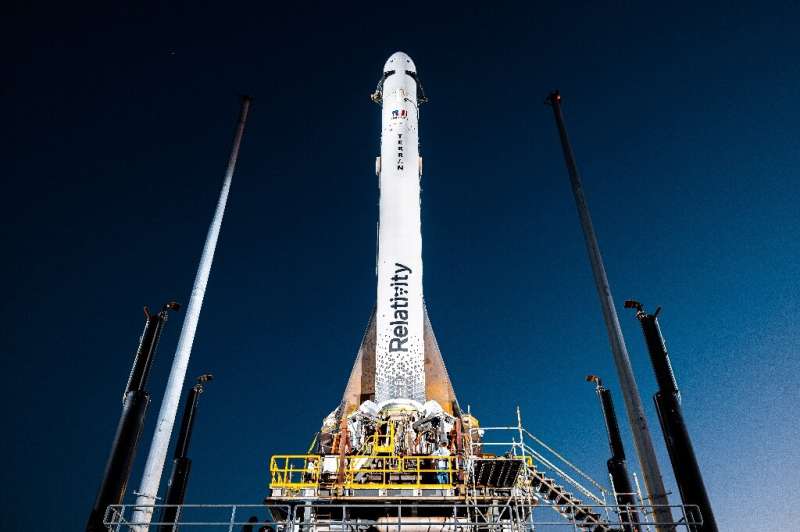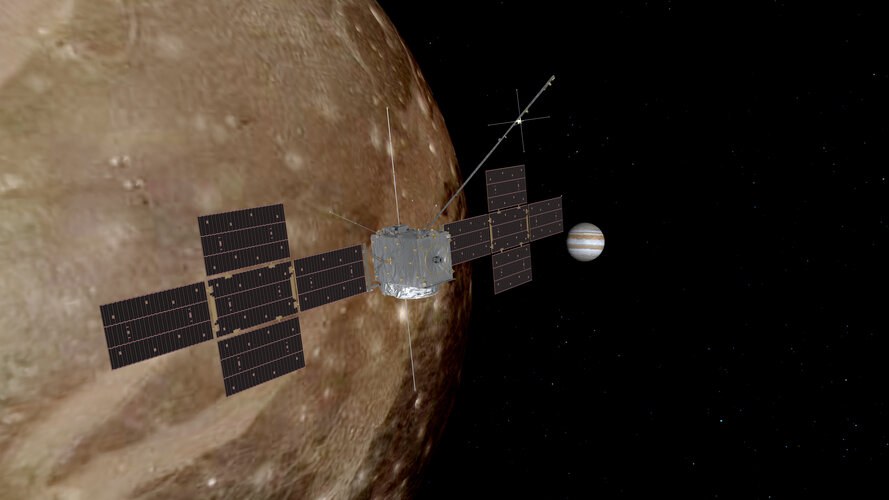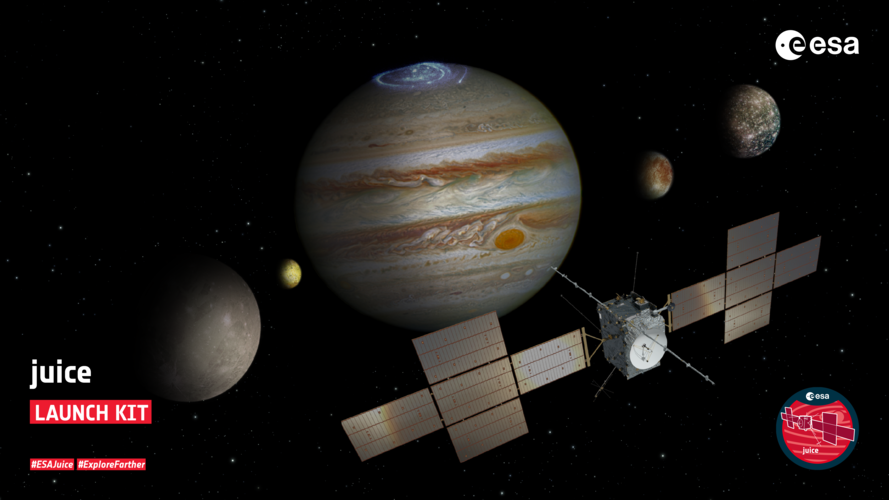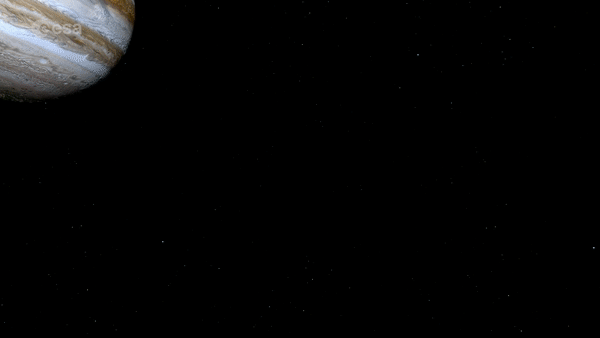
Copernical Team
3D-printed rocket maker to focus on bigger vehicle for commercial launches

Relativity Space, an aerospace startup that carried out the first test flight of a 3D-printed rocket, announced Wednesday that it will focus on a bigger rocket to compete for commercial launches with SpaceX and other companies.
The Long Beach, California-based company launched the world's first 3D-printed rocket, Terran 1, on March 22 from Cape Canaveral, Florida.
Although it failed to reach orbit, the test flight proved that the rocket—whose mass is 85 percent 3D-printed—could withstand the rigors of liftoff and space flight.
Relativity Space said it was shifting its focus from Terran 1 to a larger, reusable 3D-printed rocket known as Terran R, with the first commercial launches scheduled for 2026 from Florida.
"Relativity is accelerating the company's focus on Terran R to meet significant and growing market demand," the company said in a statement.
"Terran R also represents a large leap towards Relativity's mission to build humanity's multiplanetary future, eventually offering customers a point-to-point space freighter capable of missions from the Earth to the Moon, Mars, and beyond.
Spotlight on Ganymede, Juice’s primary target

A key focus of ESA’s Jupiter Icy Moons Explorer (Juice) will be Ganymede: Jupiter’s largest moon, and an ideal natural laboratory for studying the icy worlds of the Solar System.
Juice launch kit

Download this launch kit (in English, other languages below) to learn more about the Jupiter Icy Moons Explorer (Juice) mission and its science goals.
Ariane 5 VA 260 with Juice - Ready for launch
 Image:
Image:
Ariane 5 VA 260 with Juice ready for launch on the ELA-3 launch pad at Europe's Spaceport in Kourou, French Guiana on 12 April 2023.
Juice – JUpiter ICy moons Explorer – is humankind’s next bold mission to the outer Solar System. This ambitious mission will characterise Ganymede, Callisto and Europa with a powerful suite of remote sensing, geophysical and in situ instruments to discover more about these compelling destinations as potential habitats for past or present life. Juice will monitor Jupiter’s complex magnetic, radiation and plasma environment in depth and its interplay with the moons, studying the Jupiter system as an archetype for gas giant
Juice? No charge
 Image:
Juice? No charge
Image:
Juice? No charge Mission control GO for Juice launch
 Image:
Image:
At ESA’s mission control, before the launch comes the pre-launch briefing – and the all-important group photo. This is the team that will fly Juice to Jupiter with four planetary flybys of Earth and Venus, then switching orbit from Jupiter to its largest moon, Ganymede, followed by a tour of the icy, complex Jovian system comprising a whopping 35 lunar flybys.
Never before has a mission switched orbit from a planet other than our own to one of its moons. Radiation at Jupiter will be extreme. Light at the
Juice electromagnetic fields and antennas aligned for Jupiter science

Flying instruments to Jupiter represents a once-in-a-generation opportunity for Europe’s space scientists. But that translated to a challenge for the Jupiter Icy Moons Explorer, Juice, mission: could all the varied instruments aboard, plus antennas and onboard systems, even end up working together properly without interference? Would in-situ instruments really be measuring the space around Jupiter, or just the influence of their host spacecraft?
AFRL conducts first flight experiments for communications in terahertz band
 Air Force Research Laboratory, or AFRL, researchers successfully conducted flight experiments Dec. 2- 6, 2022, in Rome, New York to prove the viability of communications at radio frequencies above 300 gigahertz, or GHz, known in research communities as terahertz, or THz, band. Over three days of flight experiments, researchers from AFRL's Information Directorate, in collaboration with Northrop G
Air Force Research Laboratory, or AFRL, researchers successfully conducted flight experiments Dec. 2- 6, 2022, in Rome, New York to prove the viability of communications at radio frequencies above 300 gigahertz, or GHz, known in research communities as terahertz, or THz, band. Over three days of flight experiments, researchers from AFRL's Information Directorate, in collaboration with Northrop G NASA unveils 'Mars' habitat for year-long experiments on Earth
 Four small rooms, a gym and a lot of red sand - NASA unveiled on Tuesday its new Mars-simulation habitat, in which volunteers will live for a year at a time to test what life will be like on future missions to Earth's neighbor.
The facility, created for three planned experiments called the Crew Health and Performance Exploration Analog (CHAPEA), is located at the US space agency's massive r
Four small rooms, a gym and a lot of red sand - NASA unveiled on Tuesday its new Mars-simulation habitat, in which volunteers will live for a year at a time to test what life will be like on future missions to Earth's neighbor.
The facility, created for three planned experiments called the Crew Health and Performance Exploration Analog (CHAPEA), is located at the US space agency's massive r NRO awards contract extension to Kleos
 Kleos Space Inc. (Kleos), subsidiary of Kleos Space S.A. ASX: KSS, a space-powered defense and intelligence technology company, has been awarded the Stage Two option on its current contract with the National Reconnaissance Office (NRO) as part of the Strategic Commercial Enhancements Broad Agency Announcement (SCE BAA) Framework.
The NRO is responsible for maintaining global vigilance in t
Kleos Space Inc. (Kleos), subsidiary of Kleos Space S.A. ASX: KSS, a space-powered defense and intelligence technology company, has been awarded the Stage Two option on its current contract with the National Reconnaissance Office (NRO) as part of the Strategic Commercial Enhancements Broad Agency Announcement (SCE BAA) Framework.
The NRO is responsible for maintaining global vigilance in t 
